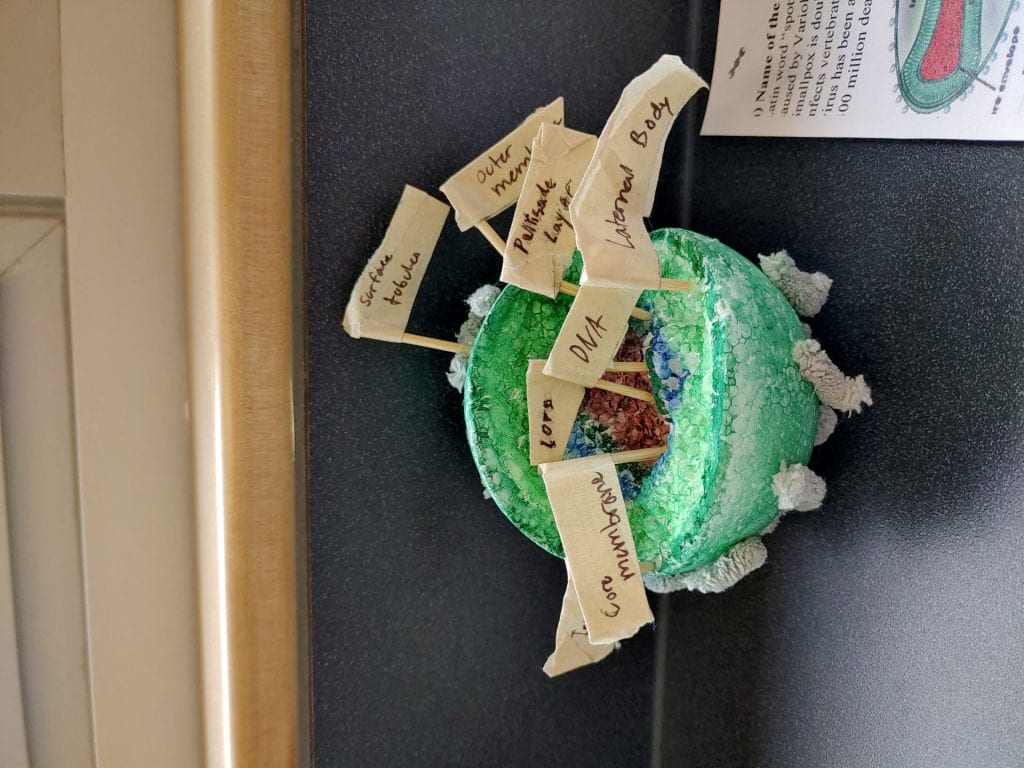I demonstrated that I can collect and analyze evidence when I picked up the prey (red and black licorice) with my talon (hand) and deposit it to my nest (desk) In an activity called “Natural Selection Lab”. I then record the results after the procedure and then repeat and compare evidence with the other environments (paper). Or in another activity called “Feeding Frenzy”, I compare and contrast every utensils ability to survive various environments. I use the data to answer question such as “Which organism would be best suited for a particular environment with their given traits and evidence” and more.
I demonstrated that I can connect evidence I collected to big ideas when I explain of what parts of the activity connect to evolution theories In class . The prey having genetic variation, eg: colour and size. Or Natural selection, eg: Red licorices camouflaged into red environment. For the “Feeding Frenzy” lab, I acknowledge that variation among the group was the determining factor to survival. Spoons were advantageous among all environments while broken forks were disadvantageous in almost all environments. This relates to the idea of natural selection. Organism with advantageous traits will survive and pass on these genes while those disadvantageous will not. The lab also showed me the idea of adaption. Even though those with disadvantageous traits struggled, they found other ways to make up for it. For example, people were using the sides of the utensils to capture prey or even stab other competitors to reduce and hinder the competition.
I demonstrated that I can make predictions based on evidence when advantageous organism such as spoons were able to survive most environments and how the make up of the population would be over successive generations would be in certain environments based off the traits. By using examples proven during the activity when an disadvantageous trait organism is in a unsuitable environment compared to the opposite, which helped me predict its results in the future environment during the lab.
I demonstrated that I can draw reasoned conclusions when I look into the significant of the labs. The labs “Feeding Frenzy” and “Natural Selection” help me understand variation among organism and how it will determine life or death depending on the environment. “Feeding Frenzy” taught me adaption and struggle for survival. How advantageous organism like spoon were victorious among all environments and disadvantageous organism had to adapt or migrate to the upcoming environment. Both labs helped me understand Darwin’s ideas such as adaption, speciation, natural selection, and struggle of survival.




